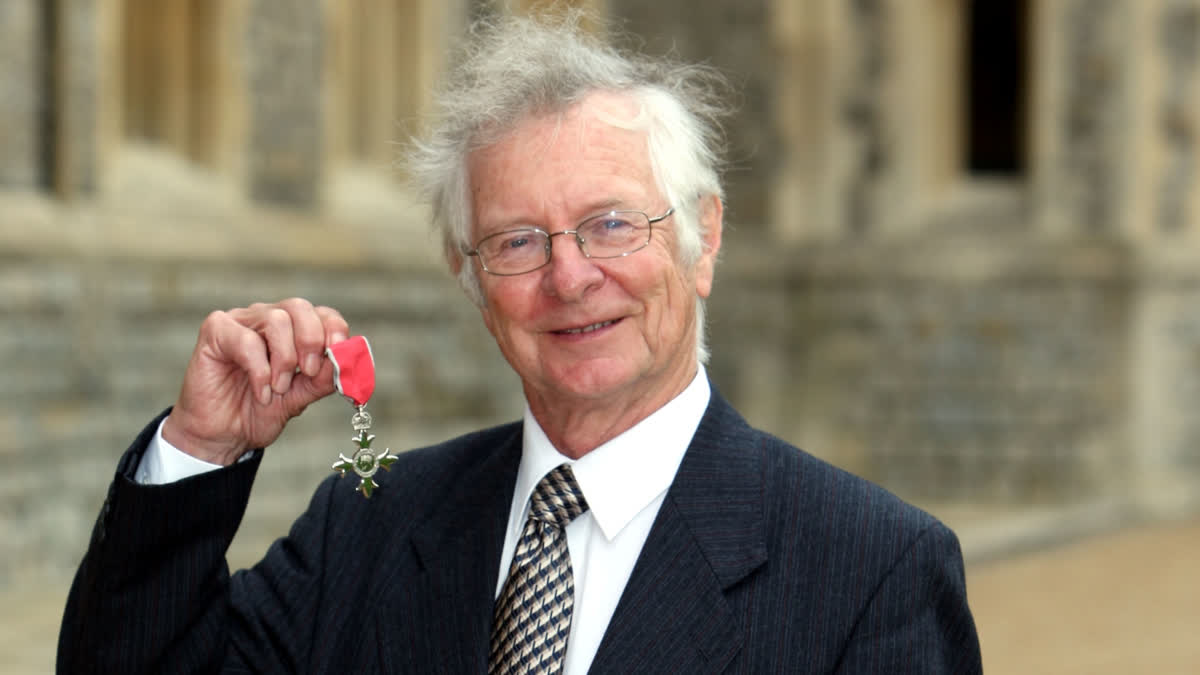Saint Lucia (West Indies): Frank Duckworth, co-creator of the Duckworth-Lewis-Stern (DLS) method that is used for regulating targets in weather-affected limited overs cricket games, passed away on Friday. He was 84. The International Cricket Council (ICC) has expressed its sorrow at his death.
Duckworth was a consultant statistician with the ICC until 2014. After the retirements of Lewis and Duckworth, Steven Stern became the custodian of the method and his name was added in 2014, to make it DLS.
ICC General Manager – Cricket Operations, Wasim Khan, condoled Duckworth’s death and acknowledged his contribution to the game. “Frank was a top statistician who was respected by peers as well as the wider cricket fraternity.
“The DLS method that he co-created has stood the test of time and we have continued to use it in international cricket more than two decades after its inception. Frank’s contribution to the game has been immense and the world of cricket is poorer with his death. We send our condolences to his family and friends,” he said.
Duckworth was appointed Member of the Order of the British Empire (MBE) in 2010.
Lewis, who partnered Duckworth in creating the rain disruption calculator which has often been argued against, died in April 2020 at the age of 78.
The last time before Duckworth’s passing, the DLS was used to set an almost impossible target for the Bangladeshis to construct against Afghanistan in the T20 World Cup, 2024.
India’s impending semifinal against England at Guyana on June 27 is also expected to come under the weather wherein the two legendary gentlemen and their rules will come into play.
Duckworth who graduated from the University of Liverpool worked in the nuclear industry but was also a metallurgist. He found he had an ability to extract useful information from masses of numerical measurements.
He then enrolled for a course in statistics and was elected fellow of the Royal Statistical Society in 1974. In the society’s 1992 meeting, he met his eventual partner Lewis who was a Mathematics teacher. Duckworth presented a short paper on a formula to rectify rain interruptions in ODIs, in response to which Lewis suggested an analysis of one-day score sheets based on Duckworth's proposed formula.
The D/L system was conceived in the wake of a farcical Cricket World Cup semi-final between England and South Africa in 1992 where rain stopped play with South Africa needing 22 runs from 13 balls. But calculations went into the realm of ridiculous suggesting 22 runs in one delivery.
It was in 2007 when Duckworth heard BBC Test Match Special commentator Christopher Martin-Jenkins on the radio, saying “surely someone, somewhere, could come up with something better'". It is then that he said: "I realised that it was a mathematical problem that required a mathematical solution," he said.
The subsequent Duckworth-Lewis method was first used in the ICC Trophy in Malaysia in 1997 and in 1998, it was applied in New Zealand, South Africa, Pakistan, India and West Indies.
The International Cricket Council adopted the method for the 1999 World Cup in England and it was adopted on a trial basis for all cricket by the ICC in 2001 before becoming the permanent solution three years later.
Not many, or should we say any, understand or agree with the complicated procedure which continues to be the only barometer to save rain time in a match. It has continued to exist despite all the castigations and the flagellations the system has faced over the years.



